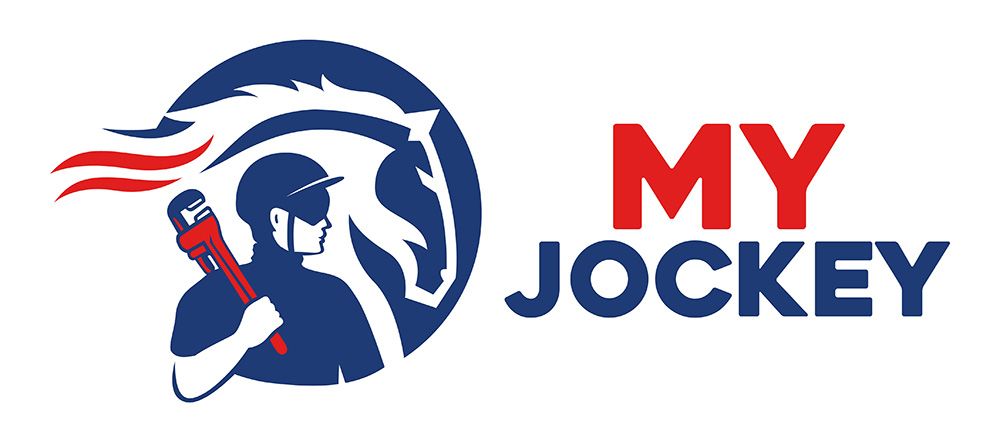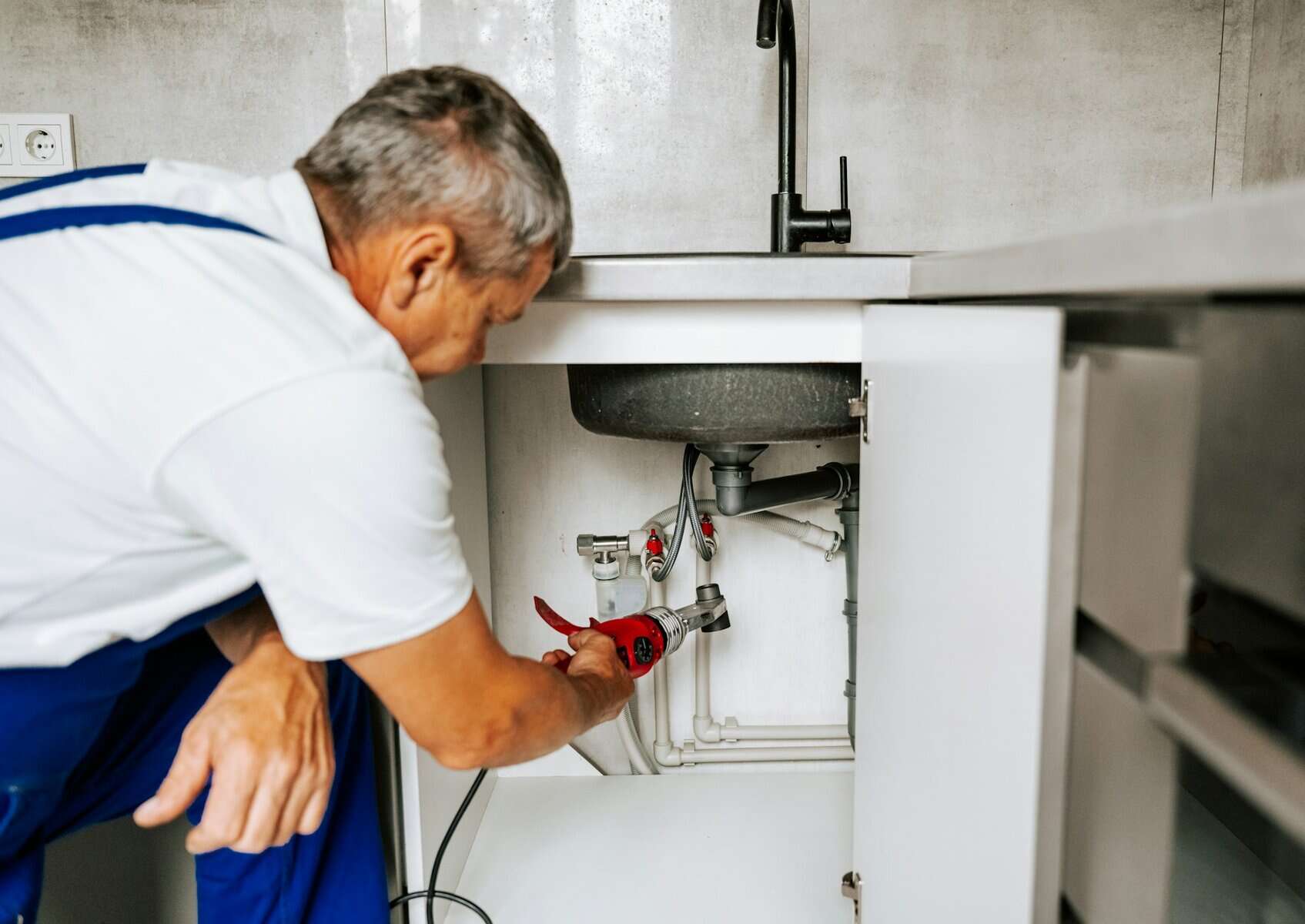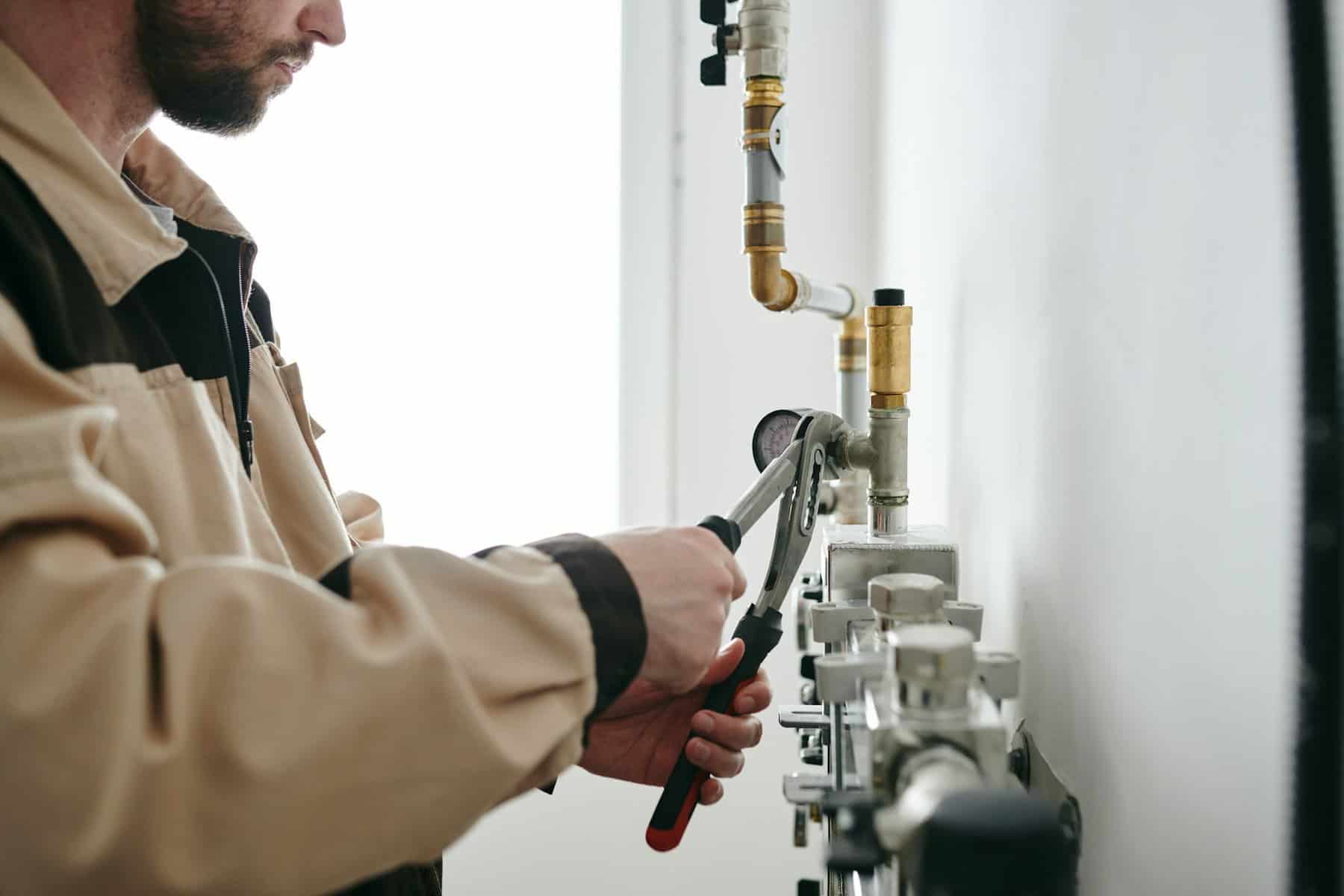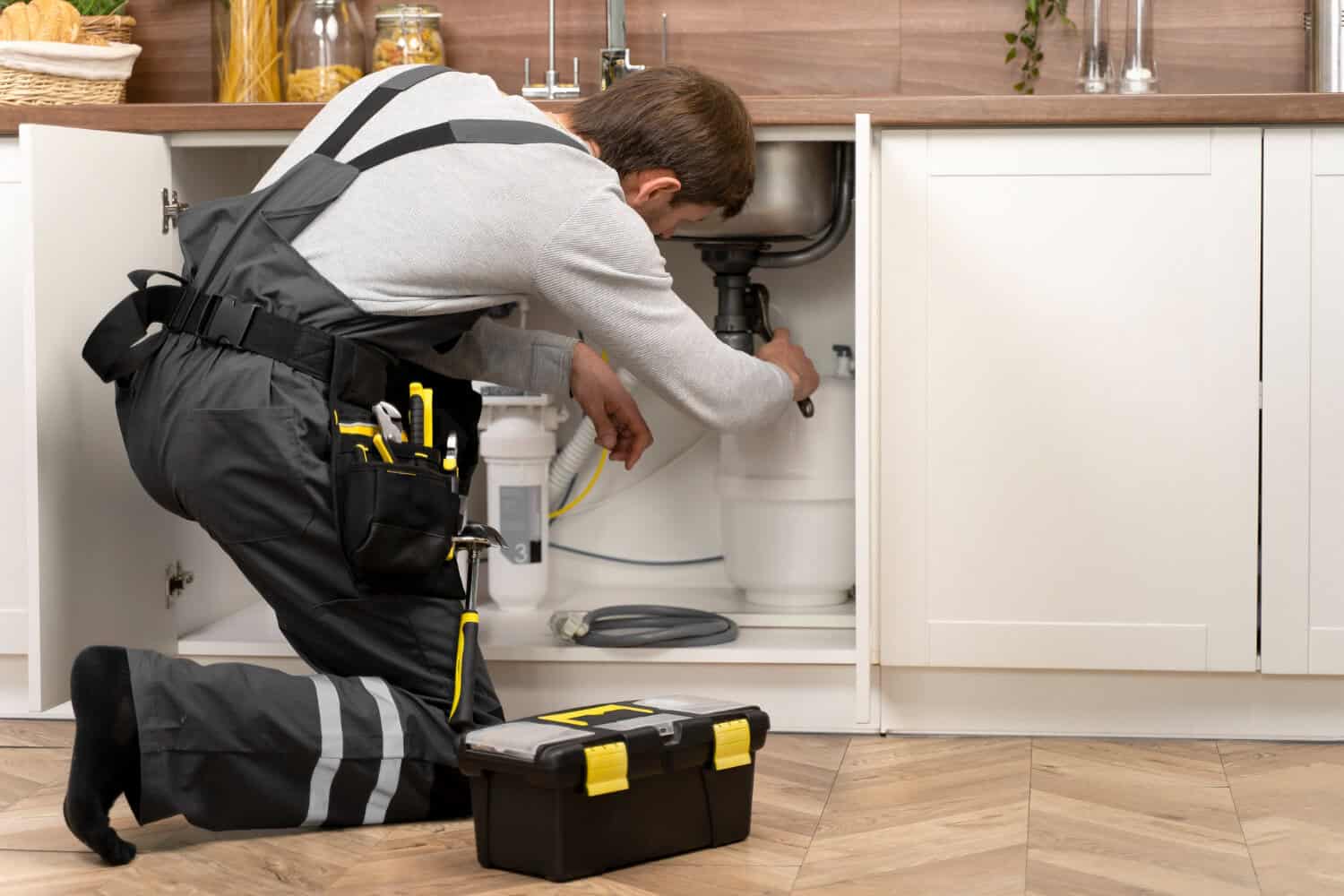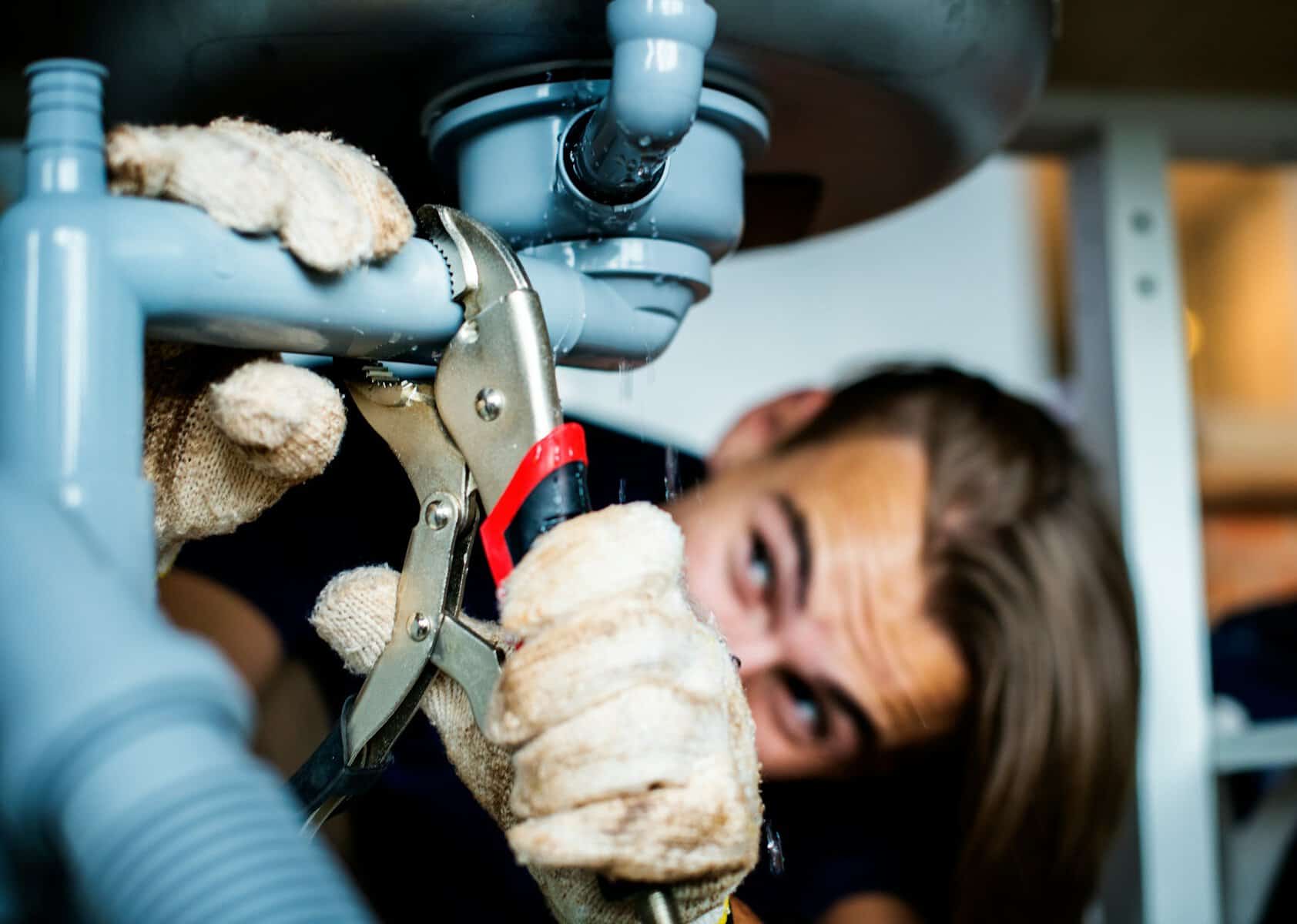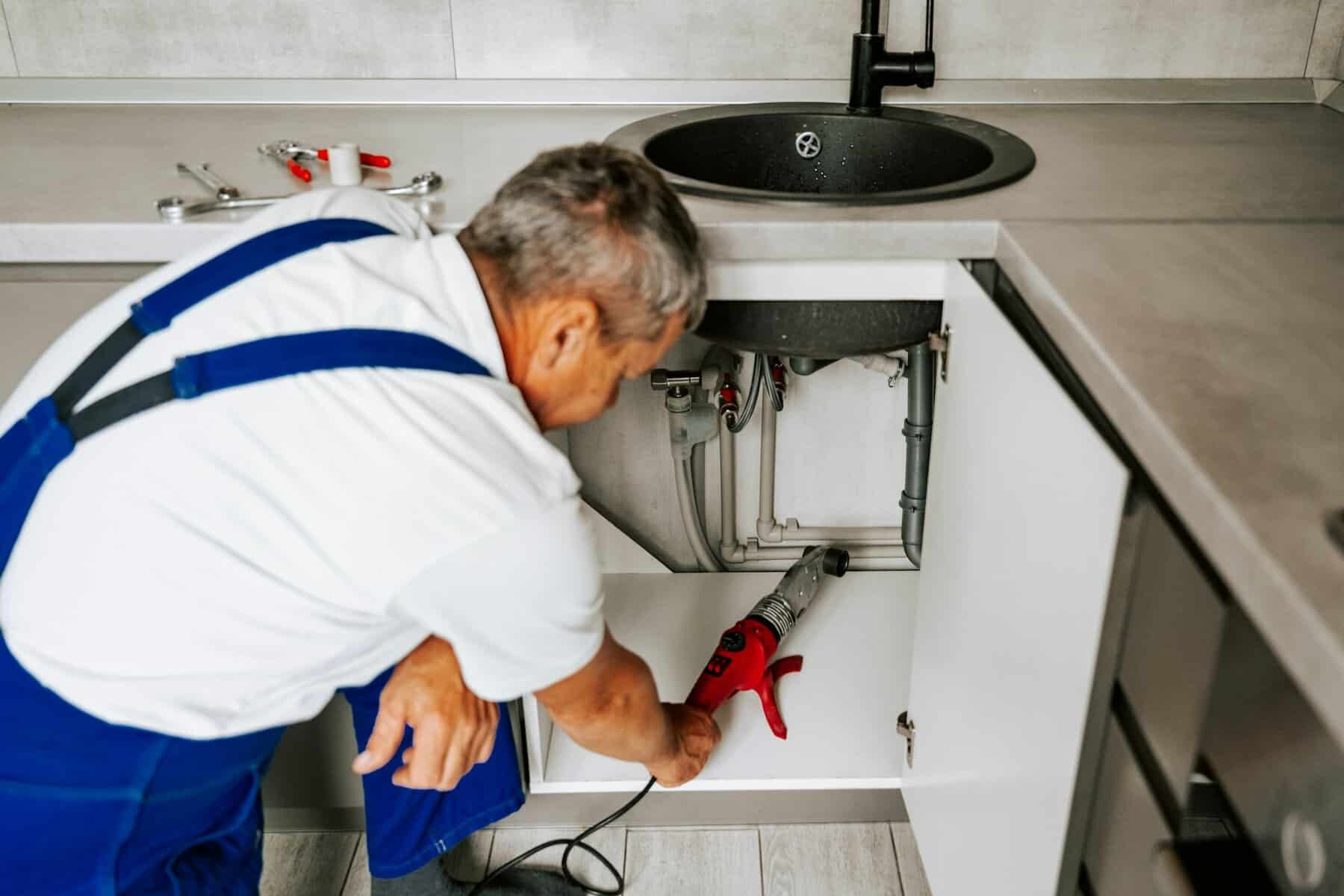Getting ready to host family or friends isn’t just about decorations or holiday meals. It’s about making sure the whole house works how it should, especially when it comes to plumbing. When you’ve got guests coming, the last thing you want is a surprise leak, a cold shower, or a toilet that won’t flush. That’s where trusted help comes in. Choosing local plumbing services before the holidays gives you a chance to fix problems early, check for worn-out parts, and get everything running smoothly. In a place like Saratoga Springs, New York, where cold weather moves in fast, small plumbing issues can grow quickly if they’re not handled in time.
Why Plumbing Problems Often Pop Up Around the Holidays
We see it every year. People feel like everything in their home is working fine, and then the holidays hit. Suddenly, a pipe makes noise, the shower runs cold, or the kitchen sink won’t drain right. Some of that is because the systems in your home are working a lot harder than normal during this time.
• Cold weather tightens up pipes and puts more strain on older plumbing systems
• Holiday cooking and extra dishes add more stress to your drains
• Extra people using toilets, sinks, and showers means everything’s working more often
That mix of more use and colder temps tends to bring hidden problems to the surface. Even a small crack or partial clog can cause a mess when it’s pushed by increased holiday traffic. And plumbing can be easy to overlook until it suddenly doesn’t work. If you’ve heard rattling pipes or dealt with slow drains, now’s the time to deal with them, before guests walk through the door.
Common Cold-Season Plumbing Issues to Watch For
Living in the Capital Region, we know how quickly November turns into winter. As the weather drops, plumbing becomes more of a concern. Frozen pipes are a big one, especially in basements, crawl spaces, or along the edges of older homes. These spots don’t always get enough warmth to protect the water lines, and a frozen pipe can cause a serious backup or a break.
Other cold-season problems that often show up just before the holidays include:
• Clogged kitchen drains from heavy food prep or oil being washed down
• Slow tub or shower drains when everyone’s using them at once
• Water heaters struggling to keep up with extra usage
• My Jockey provides drain cleaning, pipe repairs, and water heater checks for Saratoga Springs homes and the entire Capital Region, including same-day emergency response for urgent issues.
It doesn’t take a deep freeze for these things to start happening. All it takes is one busy week when the system can’t keep up, and you’re left scrambling while company is over. That’s why we keep a lookout for these signs and take care of warning signals before they turn into emergencies.
How Local Experts Make a Big Difference
Homes in Saratoga Springs, New York, face specific challenges once the temperature drops. Our winter weather comes in strong and stays cold for weeks. It’s not the time of year to guess your way through a plumbing issue. That’s where choosing local plumbing services really makes a difference.
• We know how homes in this area are built and where problems tend to show up
• We’re nearby, which means faster response when problems can’t wait
• We understand how cold weather shifts pressure, flow, and drainage
• Our licensed plumbers have experience with winterizing plumbing systems, repairing frozen pipes, and quickly restoring hot water for holiday gatherings.
Buying parts yourself or hoping a loose connection holds through the weekend might feel like a shortcut, but it rarely works out. Issues come back when the fix isn’t solid. We’ve handled old plumbing, mixed updates, and all kinds of heating-plus-water setups in homes just like yours. That local know-how helps us spot trouble fast and do the right job the first time.
What a Pre-Holiday Plumbing Check Can Cover
If you’ve never had your plumbing looked over before the holidays, you might be surprised how useful it can be. A full check focuses on the key spots: anything that’s about to be used more often and anything that’s already showing its age.
Here’s what we typically look at during a pre-holiday plumbing check:
• Pipe connections, weak joints, and outer-wall lines that may freeze or leak
• Kitchen and bathroom drains to make sure they’re clear and flowing well
• Water heater output and temperature for back-to-back showers or longer use
We also test toilets for slow refill problems or leaks at the base. These are easy to miss until guests are in your house all day. The more people you have over, the more attention each part of your plumbing system gets. A short visit can catch the problems before they cause headaches.
Hosting with Peace of Mind: Why It’s Worth Getting Ahead
Big gatherings should be about food, warmth, and laughter, not mops, plungers, or cold water complaints. That’s why it pays to stay ahead of plumbing problems during the lead-up to holidays. This season already comes with enough planning. Knowing you’ve done what you can to prevent issues adds a level of calm, especially in colder places like Saratoga Springs, New York.
Even a simple check can make a difference. Having confidence that your water will stay hot and your drains will stay clear lets you focus on what matters most, welcoming in the people you care about. It’s one less thing to worry about when your house gets full. We’ve seen how a little work before the holidays makes a big difference when it’s time to gather.
Hosting friends and family this holiday season in Saratoga Springs, New York, is easier when your plumbing is ready, especially with colder weather on the way. We understand the challenges older homes face when temperatures drop, so scheduling a quick inspection now can help you avoid unexpected headaches and keep everything running smoothly for your guests. Make sure your pipes, drains, and hot water are up to the task with our local plumbing services and connect with My Jockey to get your home prepared.
